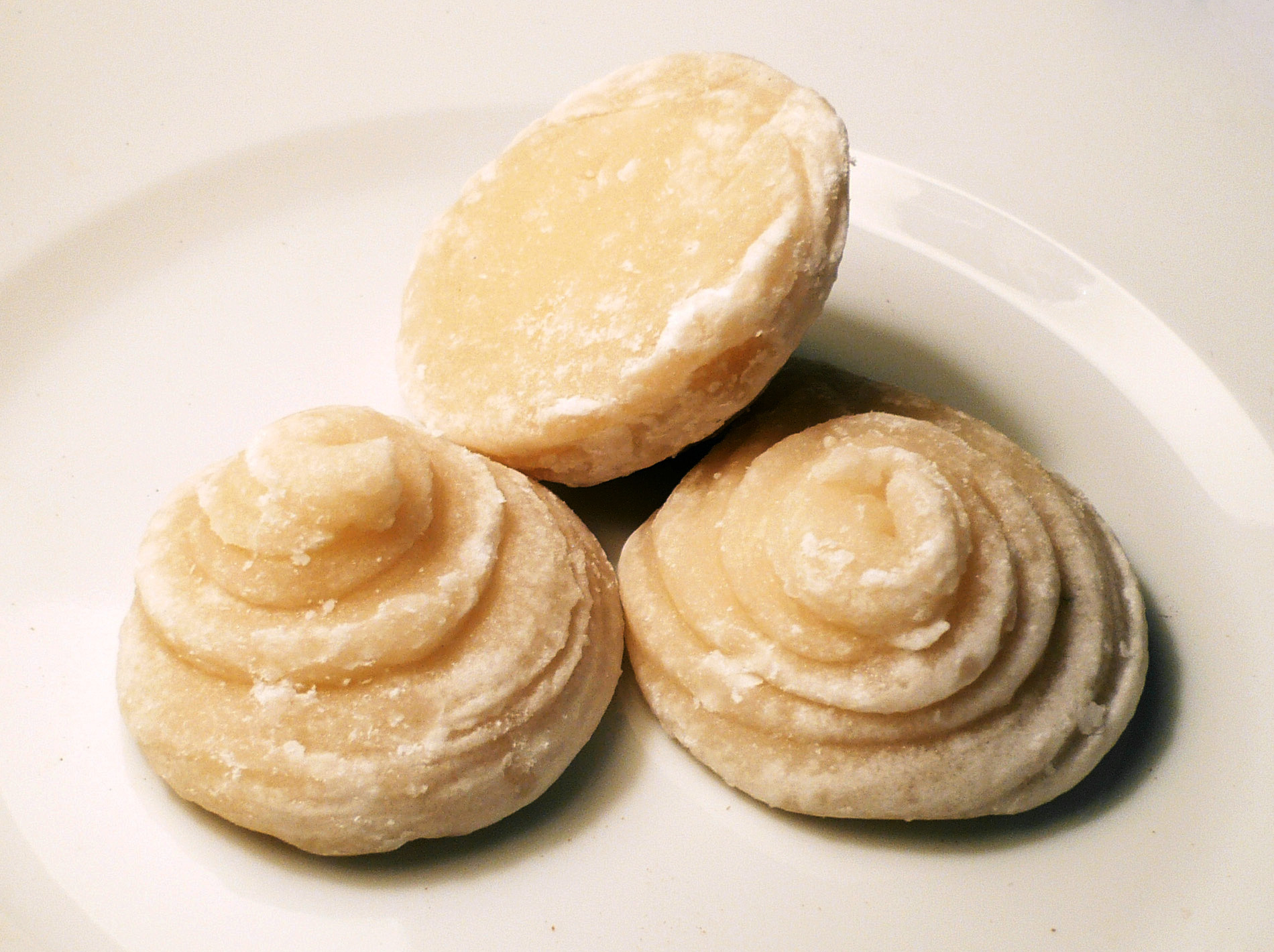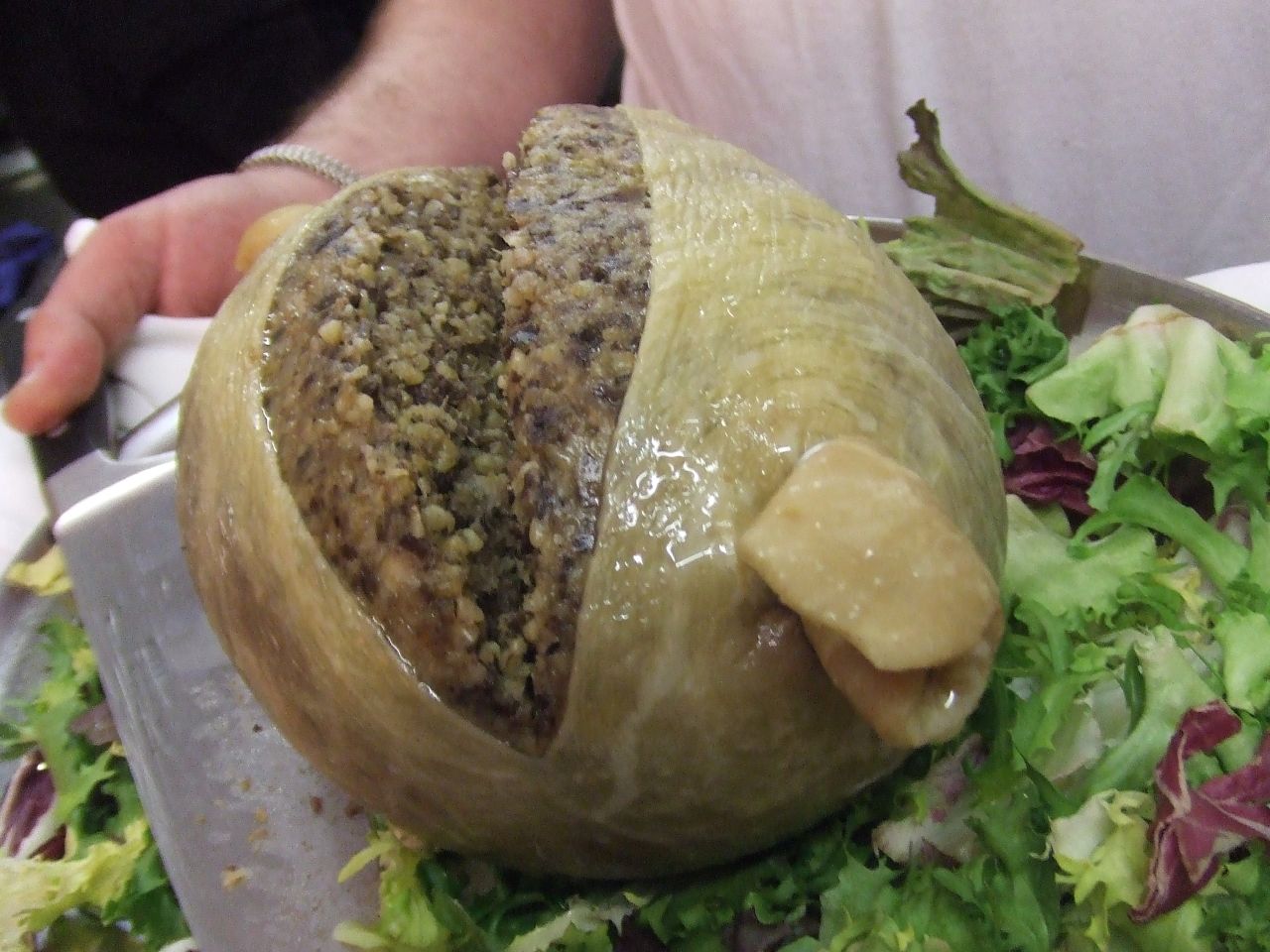|
Palm Sugar
Palm sugar is a sweetener derived from any variety of palm tree. Palm sugar is sometimes qualified by the type of palm, as in coconut palm sugar. While sugars from different palms may have slightly different compositions, all are processed similarly and can be used interchangeably. Types The predominant sources of palm sugar are the Palmyra, date, nipa, sugar and coconut palms. The Palmyra palm (''Borassus'' spp.) is grown in Africa, Asia, and New Guinea. The tree has many uses, such as thatching, hatmaking, timber, use as a writing material, and in food products. Palm sugar is produced from sap ('toddy') from the flowers. The date palm has two species, ''Phoenix dactylifera'' and '' P. sylvestris'', and both are sources of palm sugar. ''P. dactylifera'' is common in the Mediterranean and Middle East. ''P. sylvestris'' is native to Asia, mainly Pakistan and India. Date palms are cultivated mainly for dates. Palm sugar is made from the tree's sap. The nipa palm (' ... [...More Info...] [...Related Items...] OR: [Wikipedia] [Google] [Baidu] |
Coconut Sugar
Coconut sugar (also known as coco sugar, coconut palm sugar, coco sap sugar or coconut blossom sugar) is a palm sugar produced from the sap of the flower bud stem of the coconut palm. Other types of palm sugar are made from the Kithul palm (Caryota urens), Palmyra palm, the date palm, the sugar date palm, the sago palm or the sugar palm. Used as a sweetener in many countries, coconut sugar has no significant nutritional or health benefits over other sweeteners. Manufacture Coconut sugar comes in crystal or granule form, block or liquid. Producing coconut sugar is a two-step process. It starts with harvesting or "tapping" the flower bud stem of a coconut tree. Farmers make a cut on the spadix and the sap starts to flow from the cut into bamboo containers. The sap collected is then transferred into large woks and placed over moderate heat to evaporate the moisture content of the sap. The sap is translucent and is about 80% water. At this point it is known as coconut neera or ... [...More Info...] [...Related Items...] OR: [Wikipedia] [Google] [Baidu] |
Singaporean Cuisine
Singaporean cuisine is derived from several ethnic groups in Singapore and has developed through centuries of political, economic, and social changes in the cosmopolitan city-state. Influences include the cuisines of the Malays, the Chinese and the Indians as well as Indonesian, Peranakan and Western traditions (particularly English and Portuguese-influenced Eurasian, known as Kristang). Influences from neighbouring regions such as Japan, Korea, and Thailand are also present. In Singapore, food is viewed as crucial to its national identity and a unifying cultural thread. Singaporean literature declares eating a national pastime and food a national obsession. Food is a frequent topic of conversation among Singaporeans. Religious dietary strictures do exist; Muslims do not eat pork and Hindus do not eat beef, and there is also a significant group of vegetarians/ vegans. People from different communities often eat together, while being mindful of each other's culture and ... [...More Info...] [...Related Items...] OR: [Wikipedia] [Google] [Baidu] |
Malaysian Cuisine
Malaysian cuisine consists of cooking traditions and practices found in Malaysia, and reflects the multi-ethnic makeup of its population. The vast majority of Malaysia's population can roughly be divided among three major ethnic groups: Ethnic Malays, Malays, Chinese Malaysian, Chinese and Indian Malaysian, Indians. The remainder consists of the Dayak people, indigenous peoples of Sabah and Sarawak in East Malaysia, the Orang Asli of Peninsular Malaysia, the Peranakan and Eurasian creole communities, as well as a significant number of foreign workers and expatriates. As a result of historical migrations, colonisation by foreign powers, and its geographical position within its wider home region, Malaysia's culinary style in the present day is primarily a melange of traditions from its Malay, Chinese, Indian, Indonesian cuisine, Indonesian, Filipino cuisine, Filipino and indigenous Bornean and Orang Asli, with light to heavy influences from Arabian cuisine, Arab, Thai cuisine, T ... [...More Info...] [...Related Items...] OR: [Wikipedia] [Google] [Baidu] |
Chendol
Cendol is an iced sweet dessert that contains droplets of green rice flour jelly, coconut milk and palm sugar syrup. It is commonly found in Southeast Asia and is popular in Indonesia, Malaysia, Brunei, Cambodia, East Timor, Laos, Vietnam, Thailand, Singapore, and Myanmar. Next to the green jelly, additional toppings might be added, including diced jackfruit, sweetened red azuki beans, or durian. Etymology Earliest written records of the word ''cendol'' or ''tjendol'' (Dutch spelling) can be traced to dictionaries and books of the 19th century in the Dutch East Indies (now Indonesia). One of the oldest known records of the word ''tjendol'' is listed in the 1866 ''Oost-Indisch kookboek'' or East Indies recipe book. This book includes a cendol recipe with the title "Tjendol of Dawet" which indicates that cendol and dawet were already used synonymously at that time. In the dictionary ''Supplement op het Maleisch-Nederduitsch Woordenboek'' (1869) by Jan Pijnappel (Gz.), tjend ... [...More Info...] [...Related Items...] OR: [Wikipedia] [Google] [Baidu] |
Pudding
Pudding is a type of food. It can be either a dessert or a savoury (salty or spicy) dish served as part of the main meal. In the United States, ''pudding'' means a sweet, milk-based dessert similar in consistency to egg-based custards, instant custards or a mousse, often commercially set using cornstarch, gelatin or similar coagulating agent such as Jell-O. The modern American meaning of pudding as dessert has evolved from the original almost exclusive use of the term to describe savoury dishes, specifically those created using a process similar to that used for sausages, in which meat and other ingredients in mostly liquid form are encased and then steamed or boiled to set the contents. In the United Kingdom and some of the Commonwealth countries, the word ''pudding'' is used to describe sweet and savoury dishes. Savoury puddings include Yorkshire pudding, black pudding, suet pudding and steak and kidney pudding. Unless qualified, however, pudding usually means ... [...More Info...] [...Related Items...] OR: [Wikipedia] [Google] [Baidu] |
Caster Sugar
Sucrose, a disaccharide, is a sugar composed of glucose and fructose subunits. It is produced naturally in plants and is the main constituent of white sugar. It has the molecular formula . For human consumption, sucrose is extracted and refined from either sugarcane or sugar beet. Sugar mills – typically located in tropical regions near where sugarcane is grown – crush the cane and produce raw sugar which is shipped to other factories for refining into pure sucrose. Sugar beet factories are located in temperate climates where the beet is grown, and process the beets directly into refined sugar. The sugar-refining process involves washing the raw sugar crystals before dissolving them into a sugar syrup which is filtered and then passed over carbon to remove any residual colour. The sugar syrup is then concentrated by boiling under a vacuum and crystallized as the final purification process to produce crystals of pure sucrose that are clear, odorless, and sweet. Sug ... [...More Info...] [...Related Items...] OR: [Wikipedia] [Google] [Baidu] |
Malacca
Malacca ( ms, Melaka) is a state in Malaysia located in the southern region of the Malay Peninsula, next to the Strait of Malacca. Its capital is Malacca City, dubbed the Historic City, which has been listed as a UNESCO World Heritage Site since 7 July 2008. The state is bordered by Negeri Sembilan to the north and west and Johor to the south. The exclave of Tanjung Tuan also borders Negeri Sembilan to the north. Its capital Malacca City is southeast of Malaysia's capital city Kuala Lumpur, northwest of Johor's largest city Johor Bahru and northwest of Johor's second largest city, Batu Pahat. Although it was the location of one of the earliest Malay sultanates, namely the Malacca Sultanate, the local monarchy was abolished when the Portuguese conquered it in 1511. The head of state is the '' Yang di-Pertua Negeri'' or Governor, rather than a Sultan. Malacca is noted for its unique history and it is one of the major tourist destinations in Malaysia. With a highl ... [...More Info...] [...Related Items...] OR: [Wikipedia] [Google] [Baidu] |
Indonesian Cuisine
Indonesian cuisine is a collection of various regional culinary traditions that formed the archipelagic nation of Indonesia. There are a wide variety of recipes and cuisines in part because Indonesia is composed of approximately 6,000 populated islands of the total 17,508 in the world's largest archipelago,"Indonesian Cuisine." . Accessed July 2011. [...More Info...] [...Related Items...] OR: [Wikipedia] [Google] [Baidu] |
Palm Syrup
Miel de palma (lit. palm honey, also palm syrup) is an edible sweet syrup produced from the sap of a number of palms. It is produced in the Canary Islands and coastal regions of South America. Species In the Canary Islands, palm syrup (''miel de palma'') is produced from the Canary Island Date Palm ('' Phoenix canariensis''). In Chile, palm syrup (''miel de palma'') is produced from the endangered Chilean Wine Palm ('' Jubaea chilensis'').C. Michael Hogan. 2008''Chilean Wine Palm: Jubaea chilensis'', GlobalTwitcher.com, ed. N. Stromberg Other species used include the coconut palm, sugar palm, and palmyra palm. Production in the Canary Islands Most guarapo and miel de palma production occurs in the municipality of Vallehermoso on La Gomera. The process of collecting sap from the palm and concentrating it into syrup is similar in many ways to the process used for maple syrup. The sap, known as ''guarapo'' or ''garapa'', is collected from a bowl-shaped depression cut into the crow ... [...More Info...] [...Related Items...] OR: [Wikipedia] [Google] [Baidu] |





